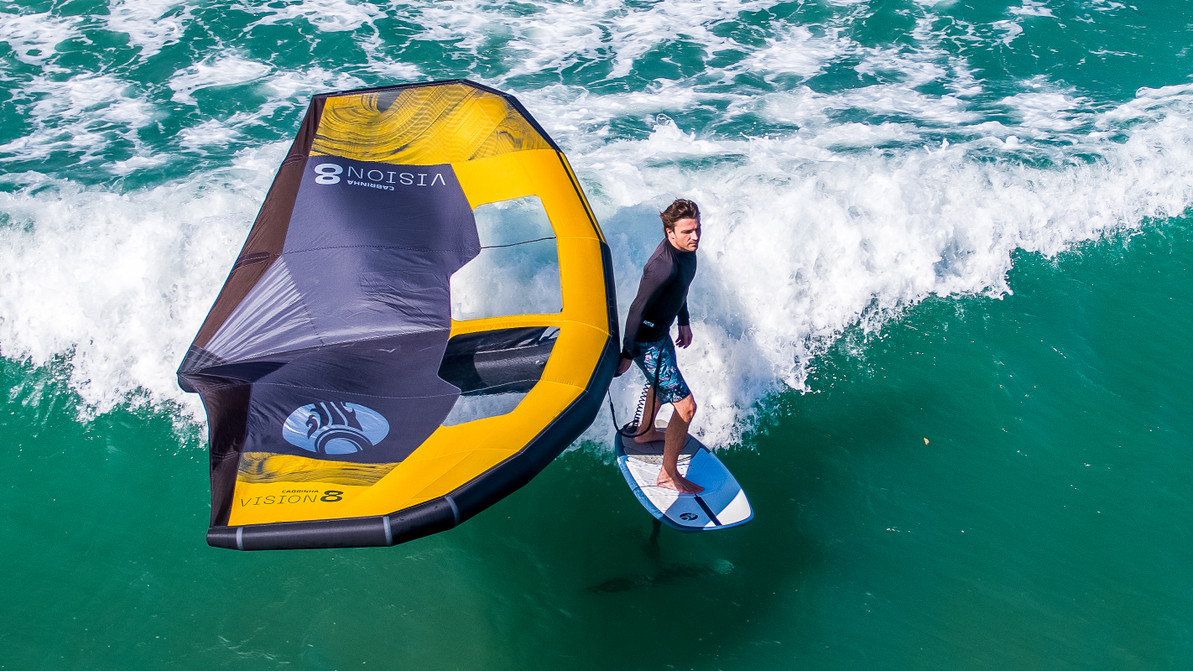Is Wing Foiling Dangerous? A Comprehensive Analysis
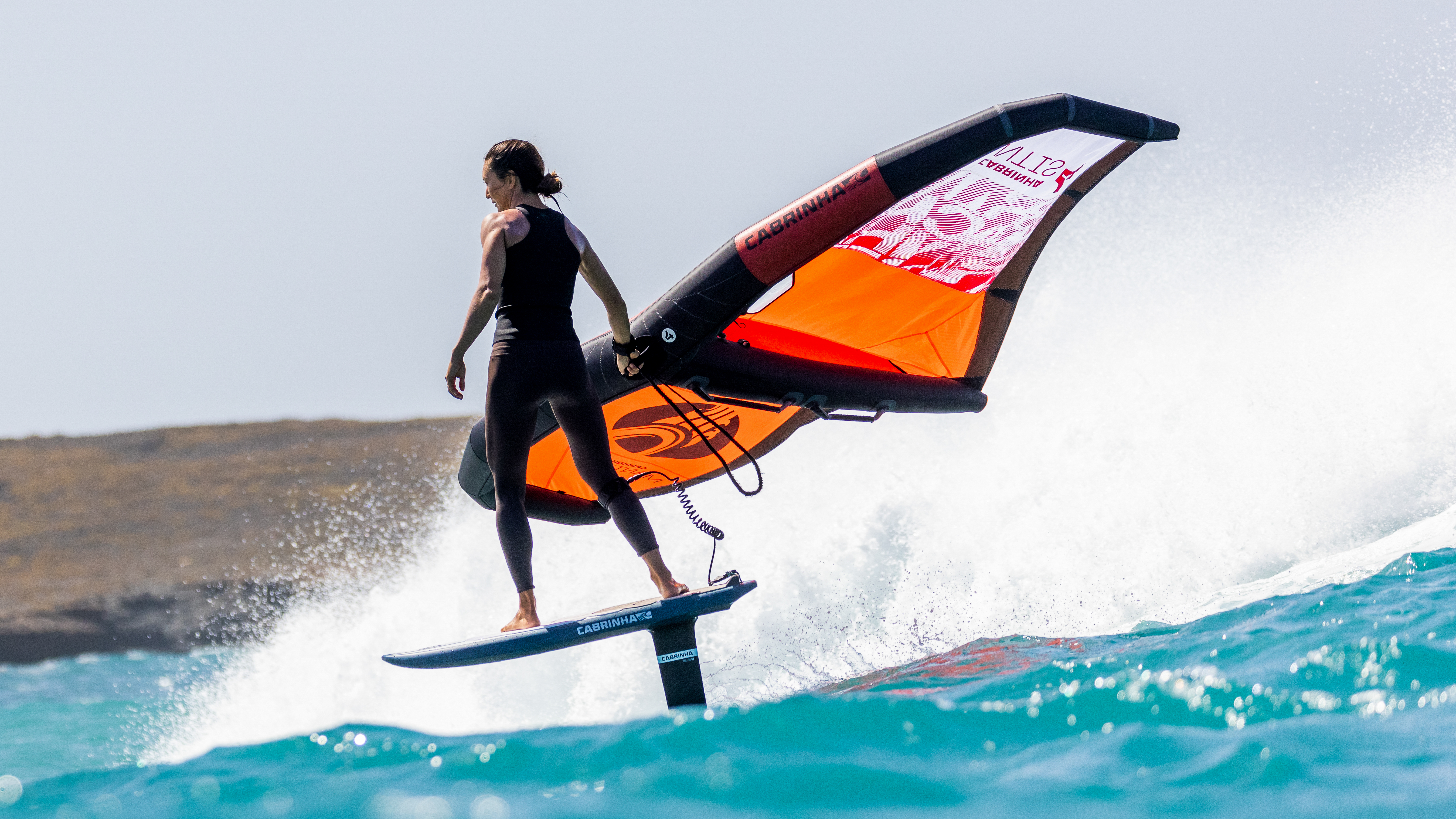
Introduction
With the recent explosion of interest in the world of water sports, a particular pastime has caught the public's eye: wing foiling. Essentially a combination of windsurfing, kitesurfing, and stand-up paddleboarding, wing foiling (or wing surfing) has seen a meteoric rise in popularity. However, with every new activity comes the question of safety. Just how dangerous is wing foiling?
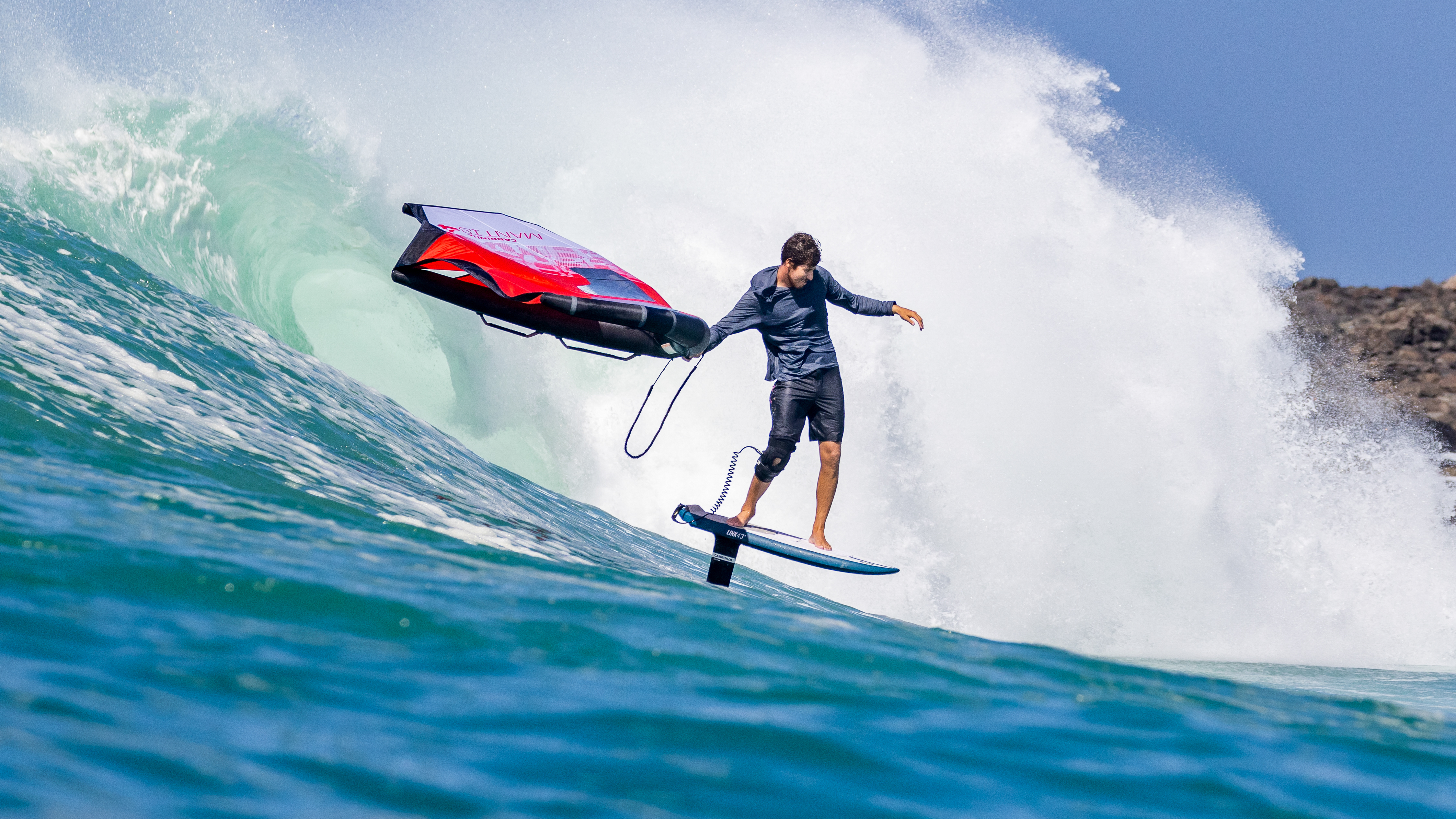
Understanding Wing Foiling
Before we address the safety concerns, it's crucial to understand what wing foiling is. The sport involves standing on a hydrofoil board while holding a hand-held inflatable sail, known as the wing. The aim is to catch the wind with the wing to create propulsion, which lifts the board and the rider above the water. The freedom of movement and the exhilarating sensation of "flying" over the water are what make wing foiling such an appealing activity.
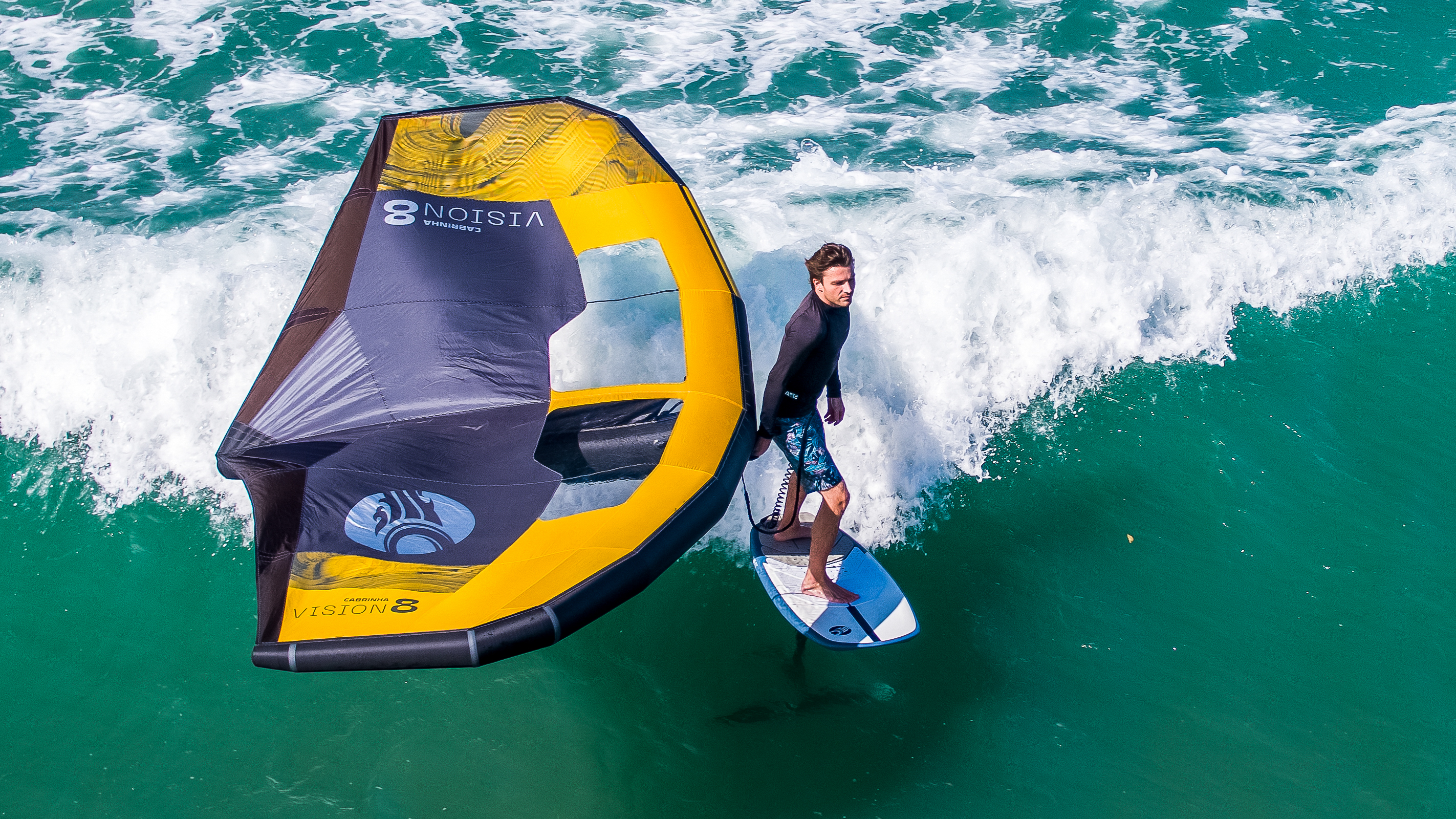
Potential Risks in Wing Foiling
Equipment-Related Risks
One of the primary risks of wing foiling comes from the equipment itself. The hydrofoil can be sharp and fast-moving, posing a hazard if not handled correctly. Additionally, the wing, when powered by strong wind, can exert significant force that can potentially throw the rider off balance.
Environmental Risks
The environment in which you choose to wing foil also contributes to the risk level. Open water sports are subject to changeable conditions such as wind strength, water currents, waves, and water temperature. These factors can make wing foiling more challenging, particularly for beginners.
Skill-Level and Physical Fitness
A rider's skill level and physical fitness are other important considerations. As with any sport, lack of experience or fitness can increase the risk of injury. Wing foiling requires a good level of balance, core strength, and stamina, as well as proficiency in managing the wing and interpreting weather conditions.
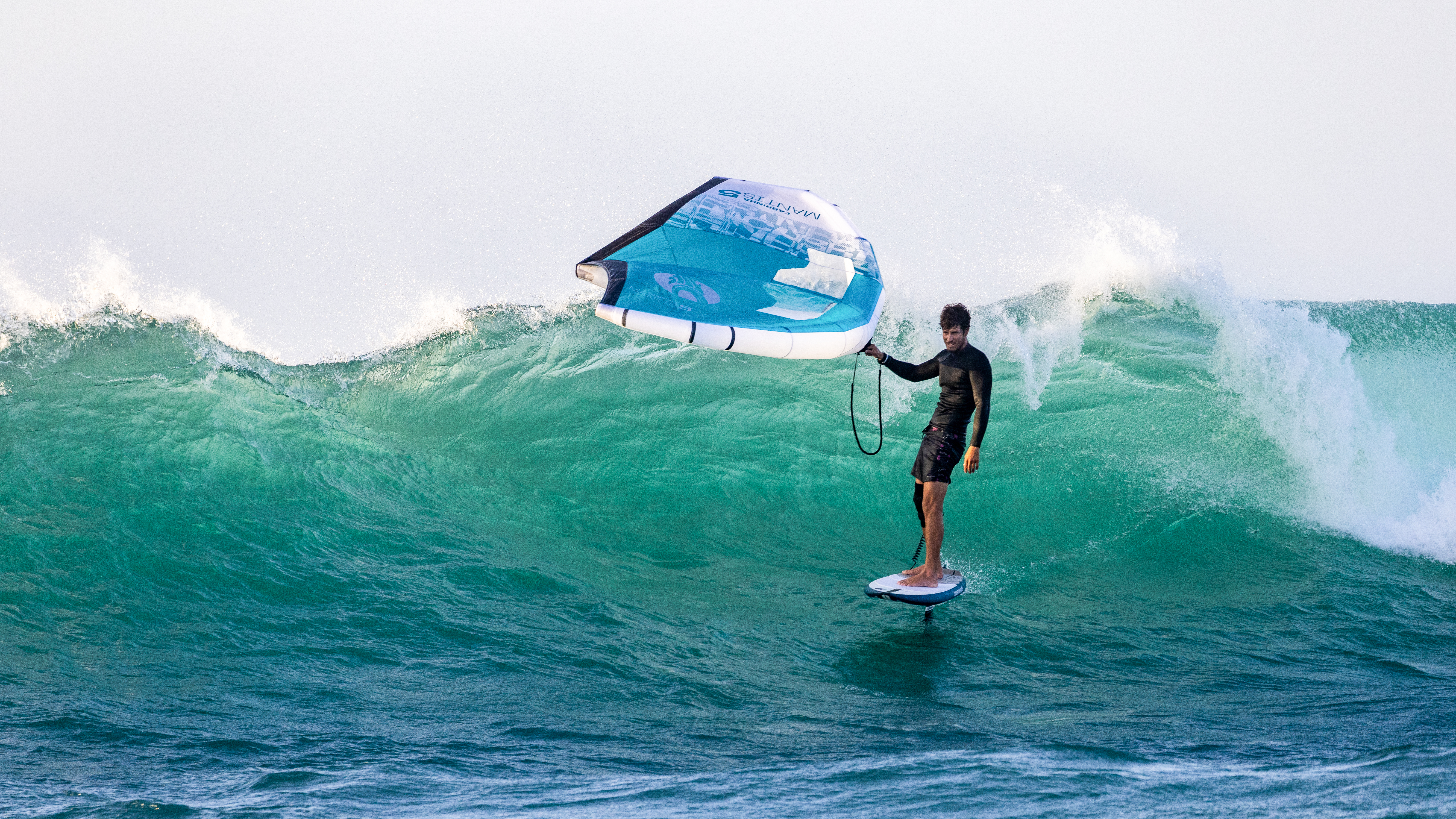
Safety Measures in Wing Foiling
Proper Training
The best way to mitigate the risks of wing foiling is to receive proper training. Experienced instructors can teach you how to handle the wing and the foil board safely. They can also help you understand how to read the wind and waves, essential skills for a safe wing foiling experience.
Use of Safety Gear
Safety gear plays a crucial role in protecting wing foilers. This includes a suitable flotation device, helmet, and, in colder climates, a good wetsuit to prevent hypothermia. Wearing gloves can also protect your hands from blisters while handling the wing.
Regular Equipment Checks
Regular checks and maintenance of your equipment can help prevent accidents due to equipment failure. This includes checking the wing for any tears and ensuring the hydrofoil is securely attached to the board.
Buddy System
For beginners, or even experienced riders venturing into new waters, it is recommended to always have a buddy with you. Not only can a buddy assist you if you get into trouble, but they can also provide a valuable second opinion on weather and water conditions.

Conclusion: Is Wing Foiling Dangerous?
Like any sport, wing foiling carries a certain degree of risk. The potential dangers come from the equipment, the environment, and the rider's skill and fitness levels. However, with appropriate training, the use of safety gear, and proper respect for the environment, these risks can be significantly reduced.
In the end, safety in wing foiling, as in any sport, boils down to personal responsibility. It's up to each of us to take the necessary precautions and to know our limits. With a sensible approach, wing foiling can provide an exhilarating and relatively safe way to enjoy the water.

Recent Posts
-
Kiteboarding | Crafting the Harlem Force Kite with Sustainability and Performance
Unparalleled Performance Meets Unmatched Sustainability The kiteboarding industry is on …24th Apr 2024 -
Duotone Ventis 2025 | What's New?
If you're familiar with Duotone's Ventis, you know its specialty is freeriding in light wind …23rd Apr 2024 -
Duotone Ventis D/LAB 2025 Overview
If you ride in an area with multiple light wind days and need a wing that'll let you get o …23rd Apr 2024

